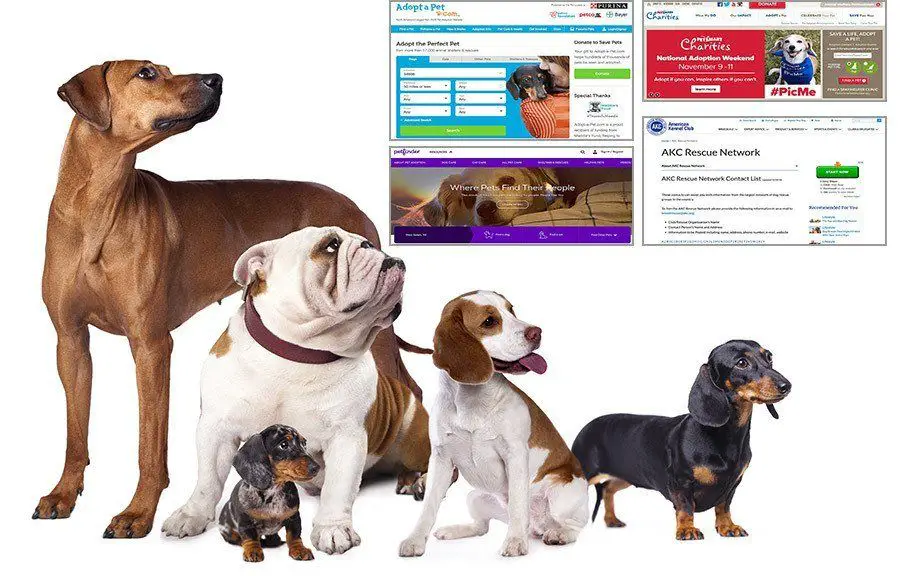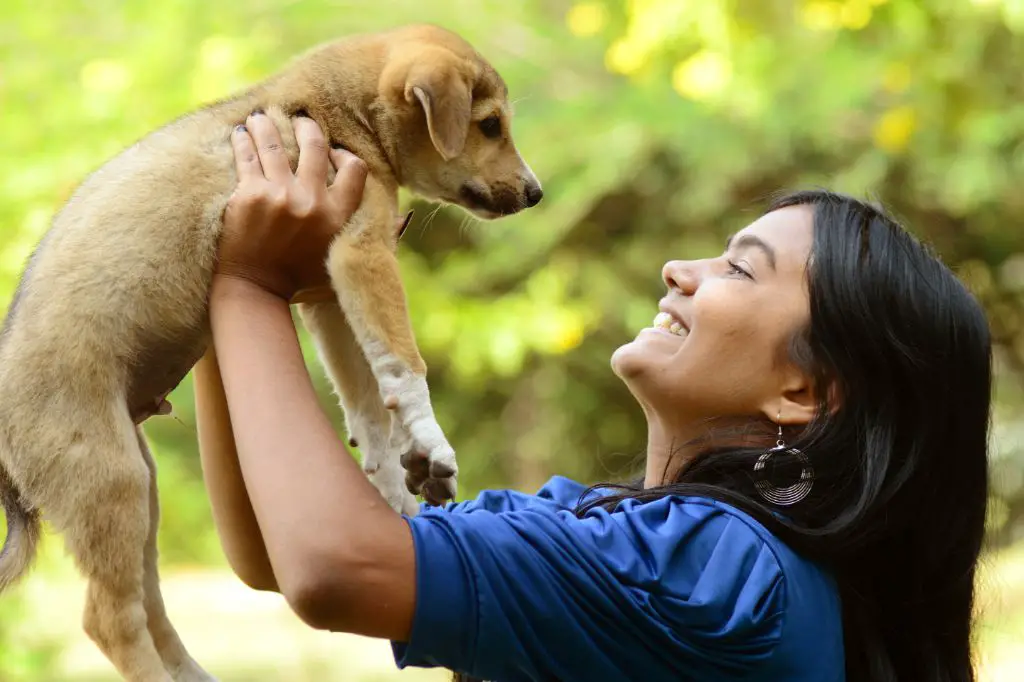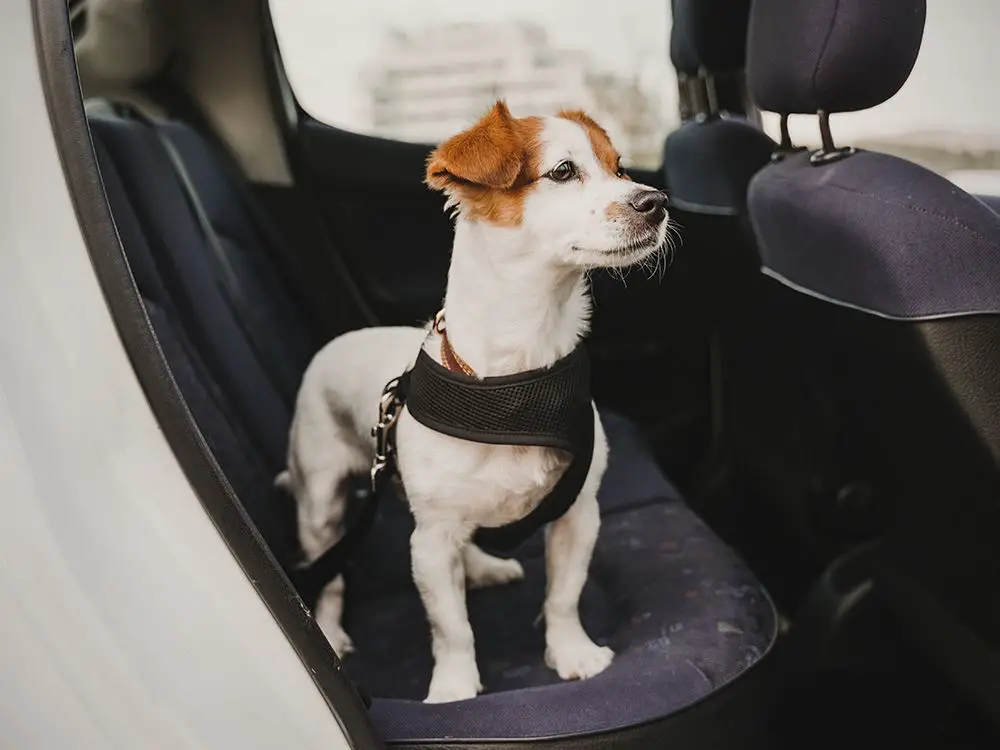Introduction
With over 3.2 million dogs adopted each year, buying a dog online has become an increasingly popular option for finding your new furry friend. The internet provides access to an enormous selection of available dogs across shelters, rescues, breeders which allows you to search for specific breeds, ages, sizes etc. However, there are some risks associated with online dog adoption that need to be considered.
The main benefits of adopting a dog online include convenience, ability to search nationally rather than just locally, and the ability to virtually get to know a dog before adopting in person. The ASPCA estimates that 85 million U.S. families own a pet. Adopting online allows you to find the perfect pet for your lifestyle from a huge selection of adoptable dogs across the country.
However, there are also downsides to be aware of when adopting a dog online. You cannot meet the dog in person beforehand to gauge personality fit and health. There is also the risk of scams, unethical breeders, or receiving a dog that is very different than advertised. Proper research into breeder/rescue reputation, vet references, contract reviews etc. is key to safely adopt online.
Overall, millions of dogs are successfully adopted online each year. However you must take precautions to avoid potential pitfalls. Do your homework on the source, ask lots of questions, require proof and references, and make sure you have legal recourse if the adoption does not go as planned.
Choose the Right Online Source
When looking for a dog online, you have a few options for sources: shelters, breeders, and individuals selling dogs directly. Each has pros and cons.
Shelters allow you to adopt a dog in need of a home. However, shelter dogs often have unknown backgrounds. Reputable shelters will provide as much information as possible about the dog’s health and temperament. Be sure to ask questions.
Licensed breeders are experts on their breeds. They screen for health and temperament, but may have long waitlists and higher prices. Make sure the breeder does the recommended health testing for the breed. Ask to see parent pedigrees.
Individuals selling dogs directly often have the lowest prices. However, these sellers are unregulated. Ask for veterinary records, pedigrees, and proof the puppy has been screened for health issues common to the breed. Visit the home and meet the puppy’s parents if possible.

No matter the source, a good website will have plenty of photos of their dogs, detailed descriptions, and strong customer service. Beware of sites with limited info or that won’t answer questions. For more guidance, see: https://www.petfinder.com/dogs-and-puppies/adoption/finding-a-dog/puppies-for-sale/
Research Breeds
When looking for a dog to buy online, it’s important to research breeds that will fit your lifestyle. Some key factors to consider are the size of your apartment, how much exercise you can provide, and any breed restrictions from your landlord.
According to the American Kennel Club, some of the best apartment-friendly breeds are:
- Bichon Frise – Small, sturdy dogs with cheerful personalities.
- French Bulldog – Compact, easygoing dogs that don’t require much exercise.
- Cavalier King Charles Spaniel – Gentle, low-energy dogs that enjoy being lapdogs.
- Havanese – Affectionate and lively small dogs that don’t bark much.
Make sure to research typical traits like size, exercise needs, barking tendencies, and grooming requirements. Some larger or high-energy dogs like Labrador Retrievers may not do well in small apartments or with owners who are away for long hours. Pay attention to the needs of specific breeds to find one well-suited for apartment living.
Look for Red Flags
When looking to buy a dog online, it’s important to watch out for red flags that may indicate a scam. Some key things to look out for include:

Sketchy seller tactics – Be wary of sellers who insist on only communicating by email or text, won’t have a video call, rush the transaction, or ask you to pay outside of the platform’s payment system. According to the AKC, these tactics are common with puppy scammers.
Suspicious listing details – Listings with stock photos, prices that are too good to be true, or sob stories are signs of potential scams, per the IPATA. Listings with vague descriptions, typos, or selling multiple dog breeds may also be red flags.
Ask Questions
One of the most important steps when adopting a dog online is to ask the breeder or seller lots of questions. This will help you understand the dog’s history, temperament, and any potential health issues. Here are some key questions to ask:
What is the dog’s health history? Ask for veterinary records and if the dog has had issues like hip dysplasia, allergies, digestive problems, etc. A good breeder will test for genetic issues common in the breed (Source 1).
What is the dog’s temperament like? Is the dog friendly with strangers, children, and other pets? Observing the dog’s interactions can provide insight into temperament as well (Source 2).
Why is the dog being rehomed/adopted out? This can reveal potential behavioral issues. Rehoming due to changes in housing, family situation, etc. are more benign reasons.
How much exercise and stimulation does the dog need? High energy dogs require more activity to stay happy and healthy.
Does the dog have any specialized needs for grooming, diet, training, etc.? It’s important to understand a dog’s routine care.
Asking plenty of questions upfront will help ensure you find the right dog for your home and lifestyle.
See Proof
When buying a dog online, it’s important to ask the breeder or seller for proof that the dog is healthy and purebred if those claims are made. Some key items to request include:
Veterinary records – Ask for a copy of the dog’s vaccination history and recent vet checkup records. This helps verify the dog’s health and whether it has received proper medical care. According to Pet Adoption Requirements – PAWS Chicago, checking vet records is an essential part of the adoption process.
Pedigree paperwork – If the dog is advertised as purebred, request to see an official pedigree certificate from a kennel club. This documents the dog’s lineage. Beware of sellers who claim a dog is purebred without proper paperwork.
Photos – Ask for current, clear photos of the actual dog for sale, not just stock images. Also request photos of where the dog lives to assess if the conditions are healthy and humane.
Meeting the dog in person prior to adopting is ideal. But requesting these types of proof can help verify the dog’s description if an in-person meeting isn’t possible.
Meet the Dog
Most well-run breeders and shelters will require you to meet the dog before adopting. These meetings provide valuable insight into your compatibility with the dog. There are some things you should look out for during the meet and greet:

Options for meeting first: https://doggoneseattle.org/for-adopters-what-to-do-during-a-dog-meet-and-greet/ [1] Many breeders or rescue organizations will offer a meet and greet at the facility or foster home, allowing you to interact with the dog in a familiar environment. You may also be able to take the dog for a walk or to a park. If possible, bring your family members to meet the dog as well.
What to look out for: https://www.thesniff.com/what-to-ask-when-meeting-adoptable-dogs/ [2] Observe how the dog interacts with you, other dogs, and the environment. Notice any signs of aggression, fear, anxiety, or other concerning behaviors. Ask the foster family or staff lots of questions to learn about the dog’s personality and needs.
Check References
Speaking to a dog’s previous owners or caretakers can provide key insights into its behavior, training, and any health issues. Contact the breeder, rescue group, veterinarian, and trainer to ask about the dog’s history and temperament. Good questions to ask include:
Has the dog lived with other pets or children? Were there any problems reported? (Source)
Why was the dog given up for adoption? Are there any behavioral issues you should know about? (Source)
Does the dog have any medical conditions that require treatment or special care? (Source)
Positive references from past caretakers can give you confidence you’ve found the right dog. But be cautious of any red flags, like a history of biting or aggression.
Sign a Contract
One of the most important steps when adopting a dog online is signing a thorough adoption contract. This legal agreement protects both you and the seller. Be sure to read the entire document carefully before signing.
A good adoption contract should specify any health guarantees being provided by the seller. For example, it may state the puppy has been examined by a veterinarian and is in good health. Some contracts guarantee the dog against certain illnesses for a limited time after adoption.
The contract should also address spaying/neutering. Most contracts require adopters to have the dog spayed/neutered by a certain age, often around 6 months old. You may need to provide proof to the seller once this is complete. This ensures the dog won’t be bred irresponsibly.
Additionally, the contract should outline what will happen if for any reason you can no longer care for the dog. Good contracts require the dog be returned to the seller rather than surrendered to a shelter. Be sure you understand all the terms before finalizing the adoption.
For a sample adoption contract, refer to: https://aforeverhome.org/forms/sample-adoption-contract/
Bring Pup Home Safely
When bringing your new dog home, it’s important to plan ahead to make the transition as smooth as possible. Here are some tips for traveling home and introducing your new dog to your home environment:

For travel, be sure to have a crate or carrier ready so your new dog has a safe, confined space during the car ride. Stop every few hours during longer trips so your dog can relieve themselves and get fresh air and water. Bring along some toys and treats to make the ride more comfortable.
When introducing your dog to your home, start in one room so they are not overwhelmed. Allow them to sniff around and get acclimated. Give them a safe space like a crate where they can retreat if needed. Go slowly with introductions if you have existing pets. Give your new dog time to adjust before introducing house training and establishing rules and routines.
It’s also smart to “puppy-proof” your home by removing dangerous items and securing trash cans. Set up containment like baby gates so you can supervise your new dog. Be patient and allow several weeks for adjustment to their new home.
With planning and proper precautions, bringing home a new dog can be an exciting experience for all!